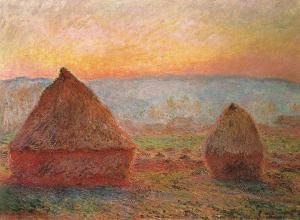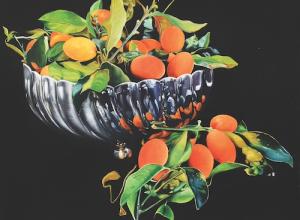At 92, the artist just released a riveting memoir, With Darkness Came Stars. Her solo show of the same name is on view at Hollis Taggart in New York City through April 20. "Audrey Flack's contribution to the history of art cannot be overstated,” says gallery president Hollis Taggart. “Throughout the over seven decades she has been active in the art world, Audrey has consistently been at the forefront of challenging the artistic trends of her time.”
In her compelling, nonlinear narrative, Flack chronicles an artist’s distinctive inner dialog while bravely revealing intimate personal information. Richly detailed memories unfold as the artist sits day after day on a park bench, grappling with a two-year painter’s block that ultimately leads her to new inspiration through figurative sculpture.






























![DEl Kathryn Barton [Australian b. 1972] the more than human love , 2025 Acrylic on French linen 78 3/4 x 137 3/4 inches 200 x 350 cm Framed dimensions: 79 7/8 x 139 inches 203 x 353 cm](/sites/default/files/styles/image_5_column/public/ab15211bartonthe-more-human-lovelg.jpg?itok=wW_Qrve3)


